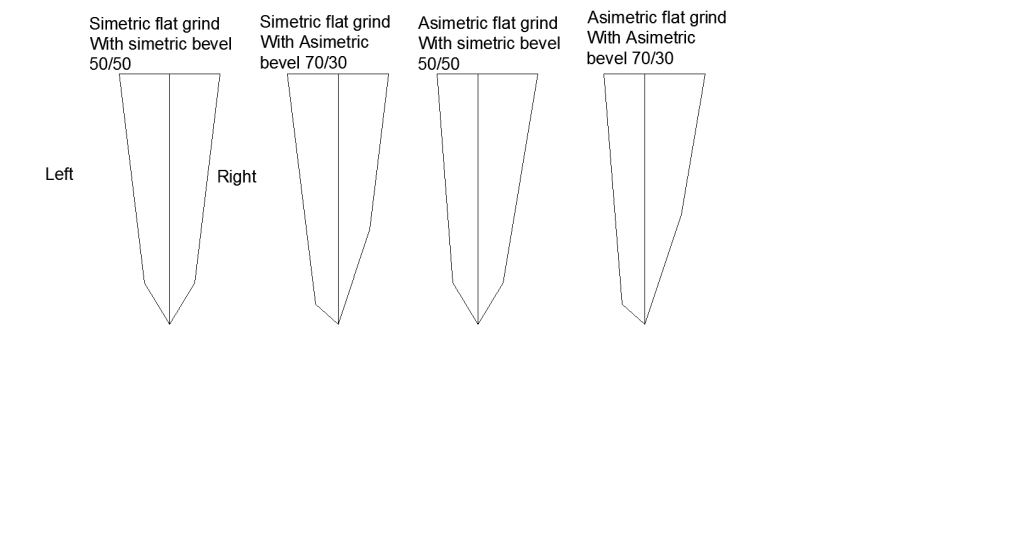Zwiefel
Senior Member
- Joined
- Jul 22, 2012
- Messages
- 3,294
- Reaction score
- 6
This is how i understand it :

The right is the right side of a knife when you hold it in the hand. I think that Dave talks about picture 3.
Please corect me if i am wrong :sad0:
fantastic graphic...thank you!
I think I understand what Dave is promoting....either of the first or the last in this picture, right? Not the middle two.
I just don't understand why (like some of the others).







